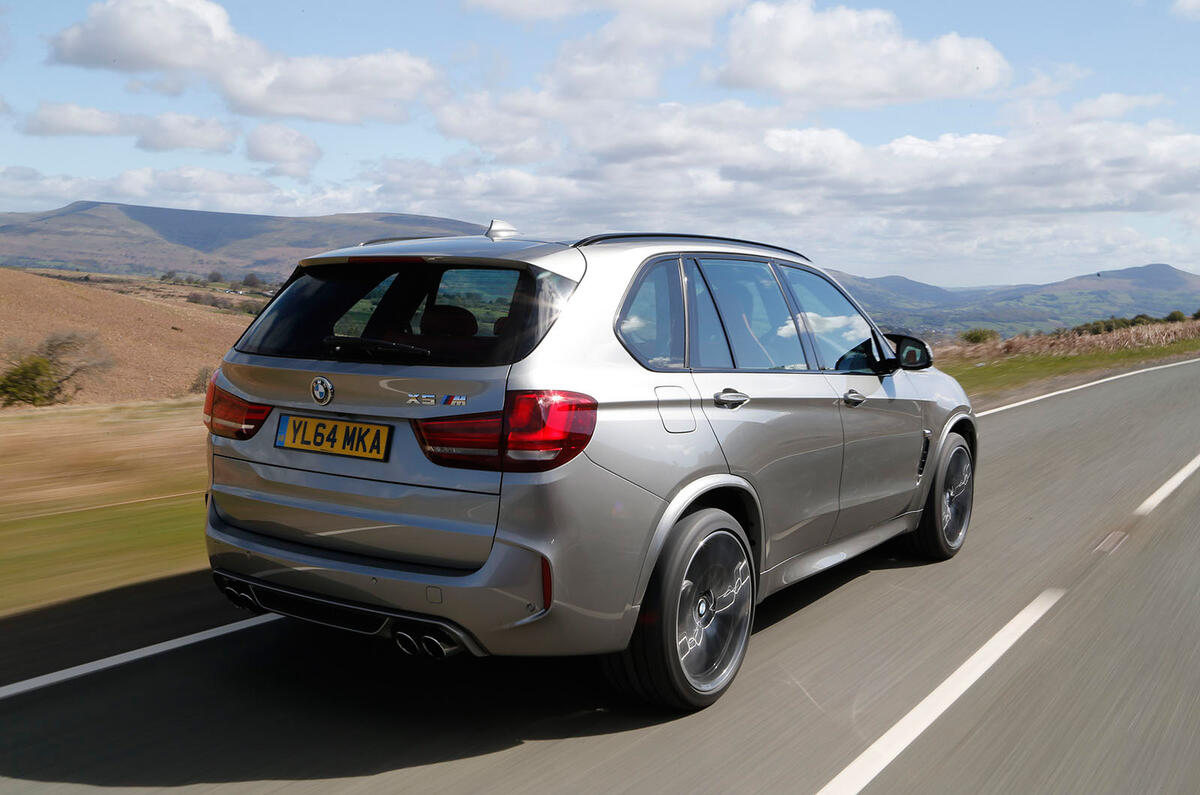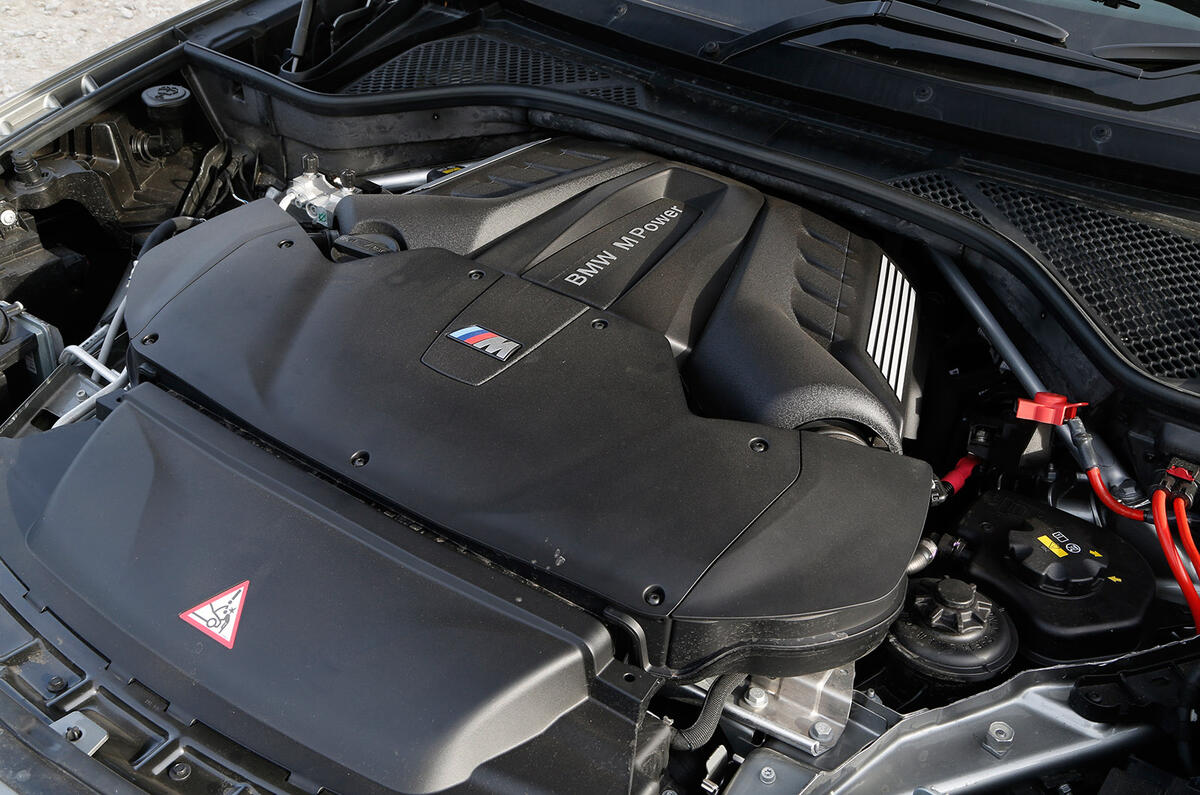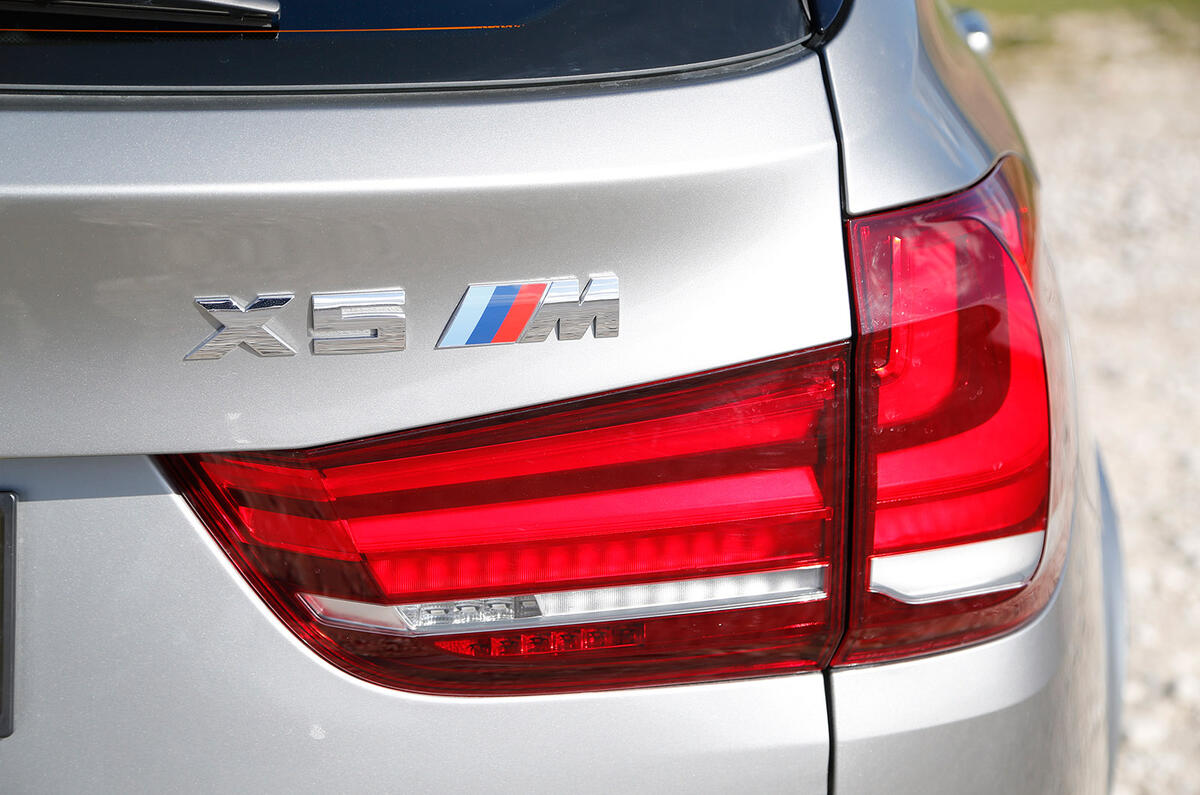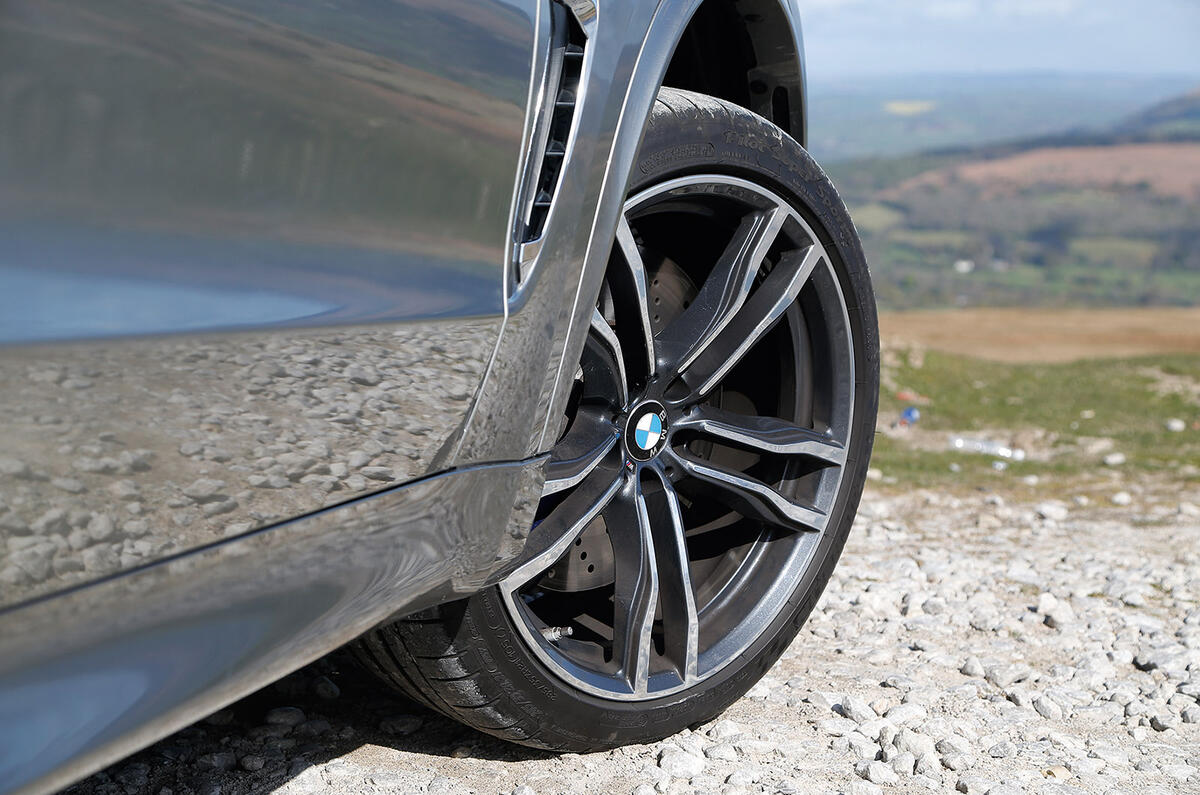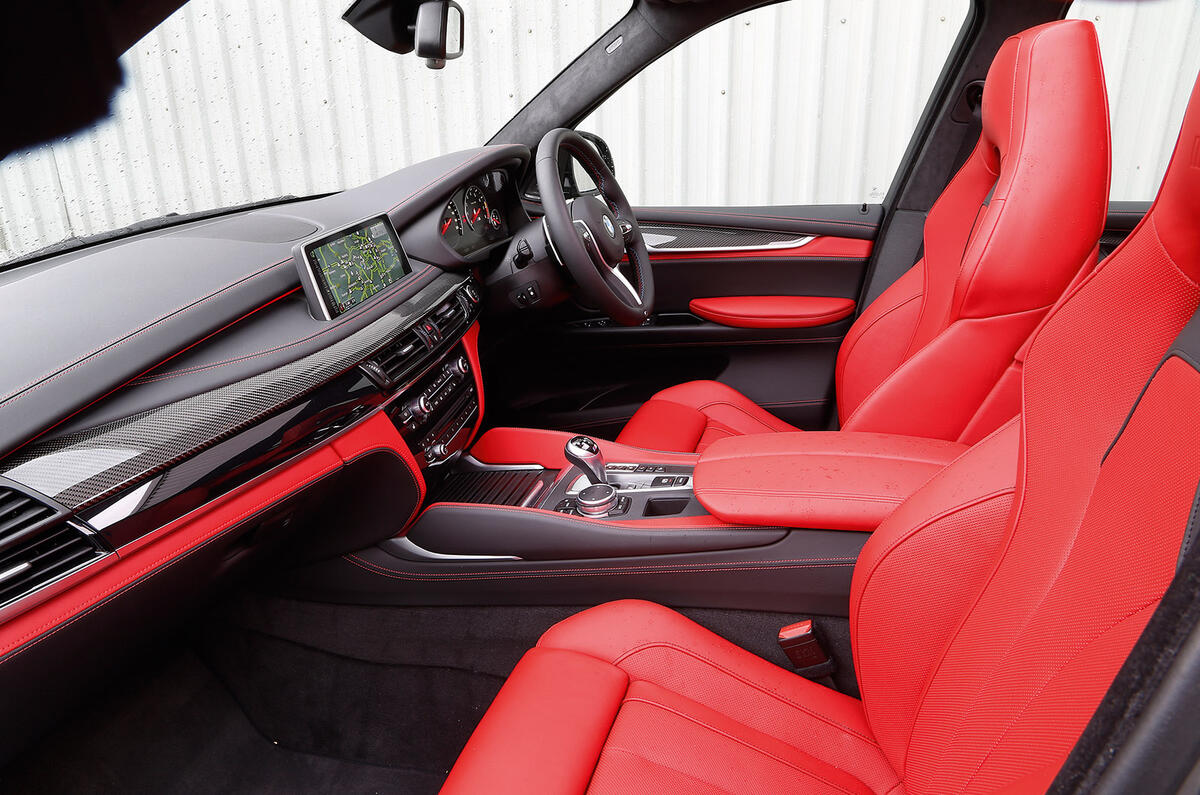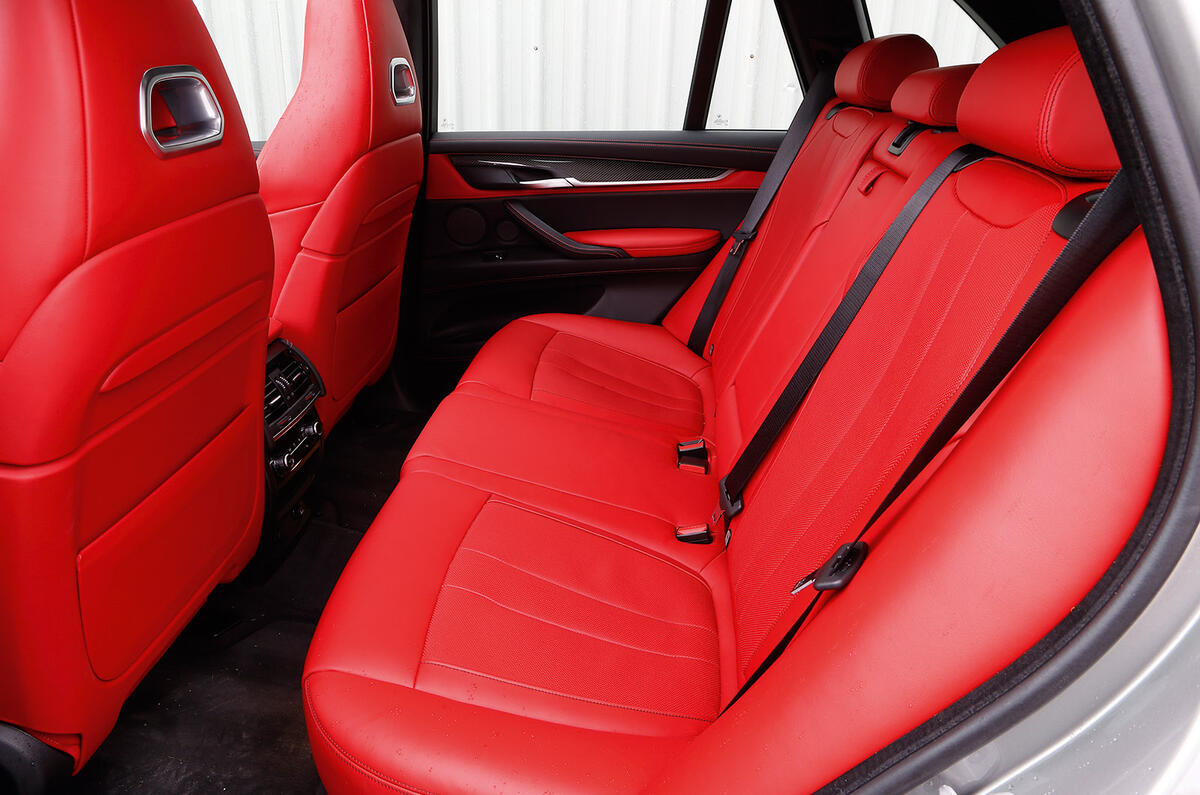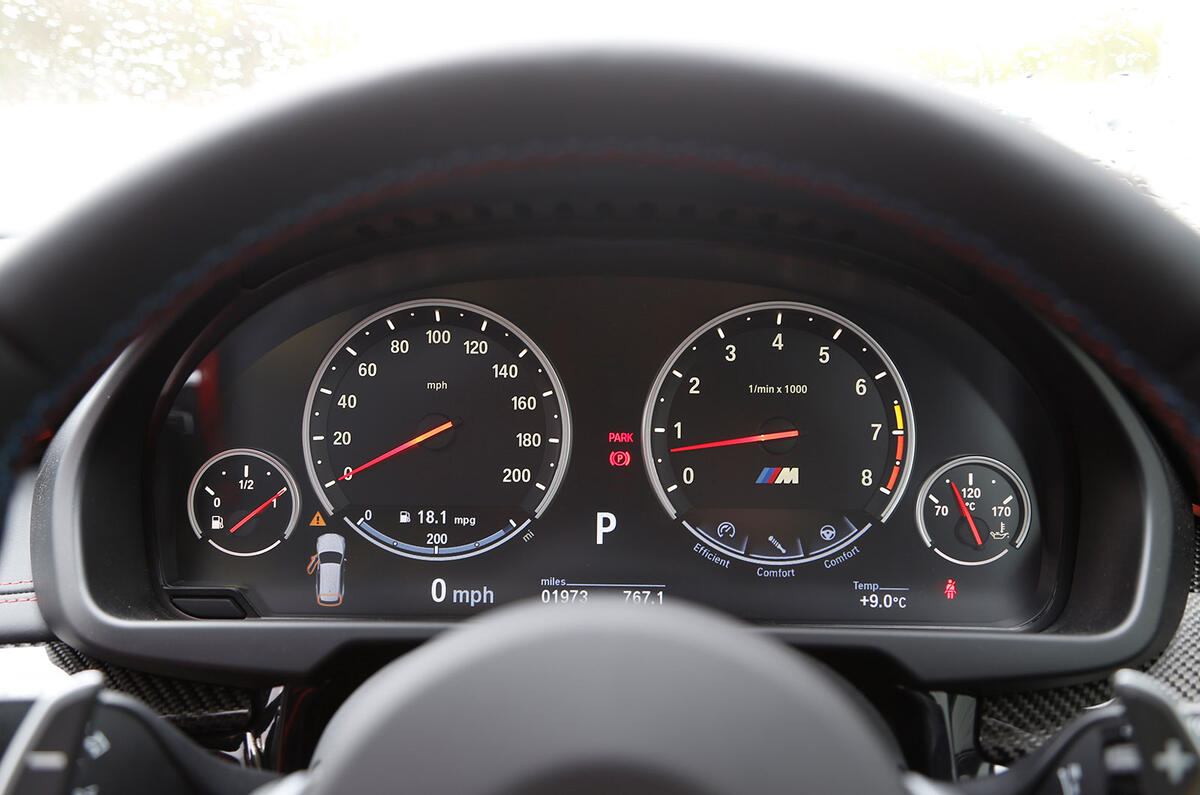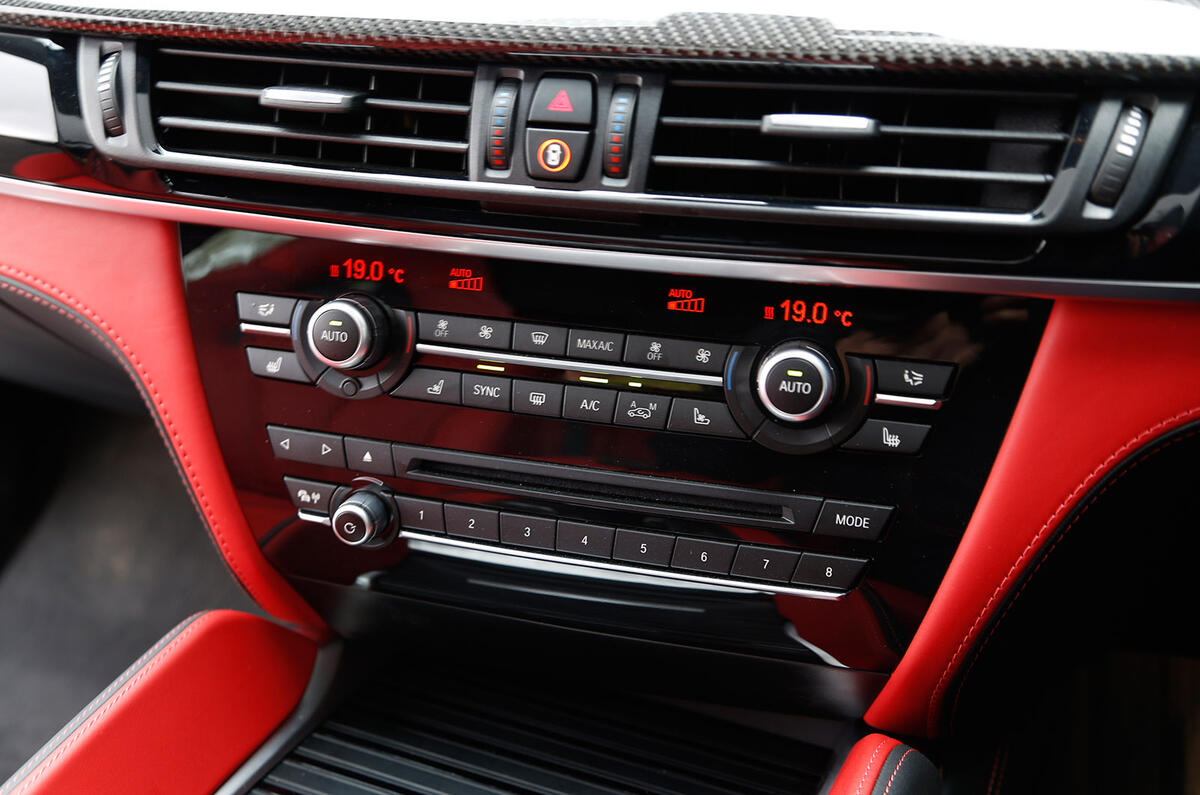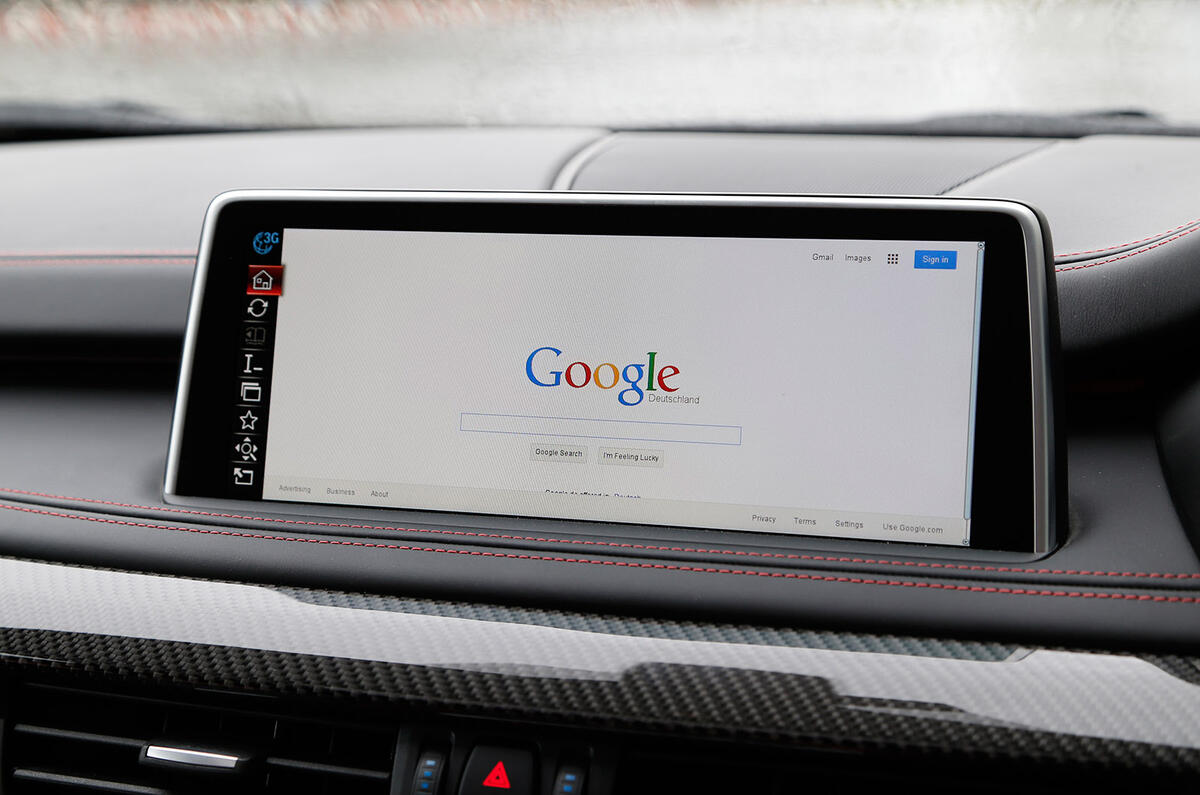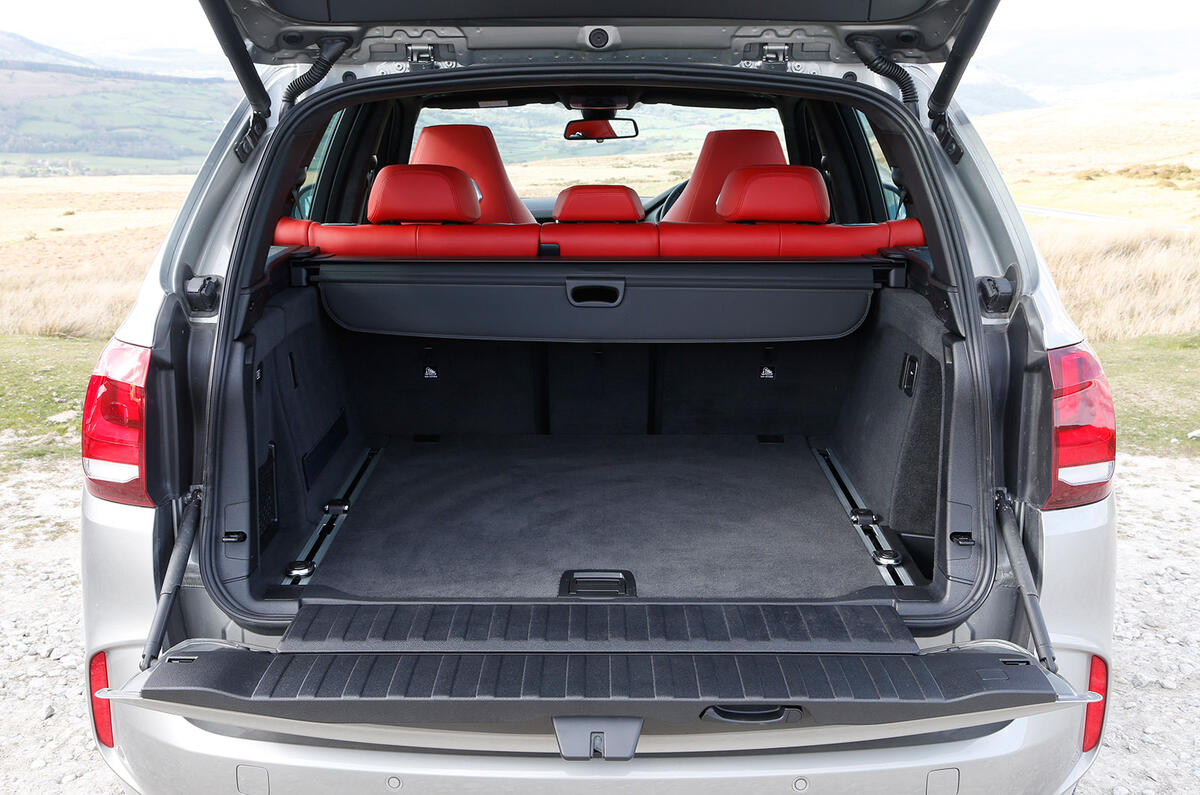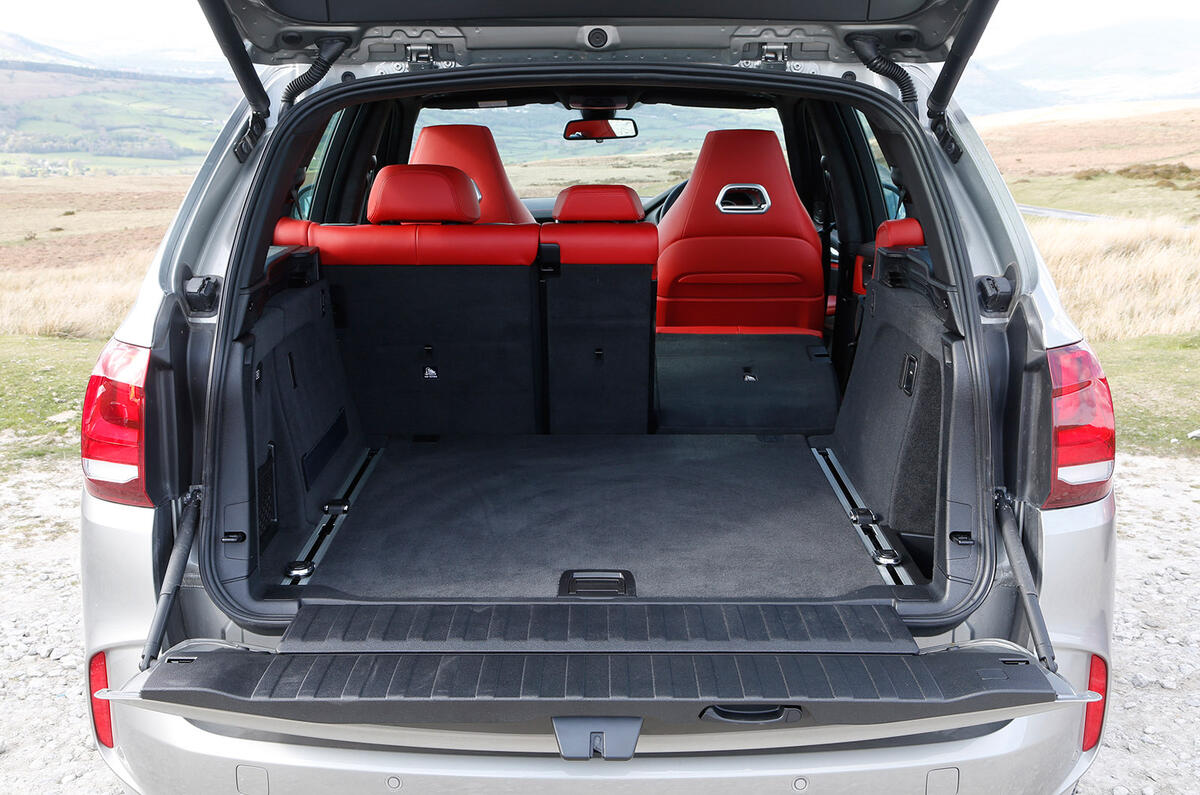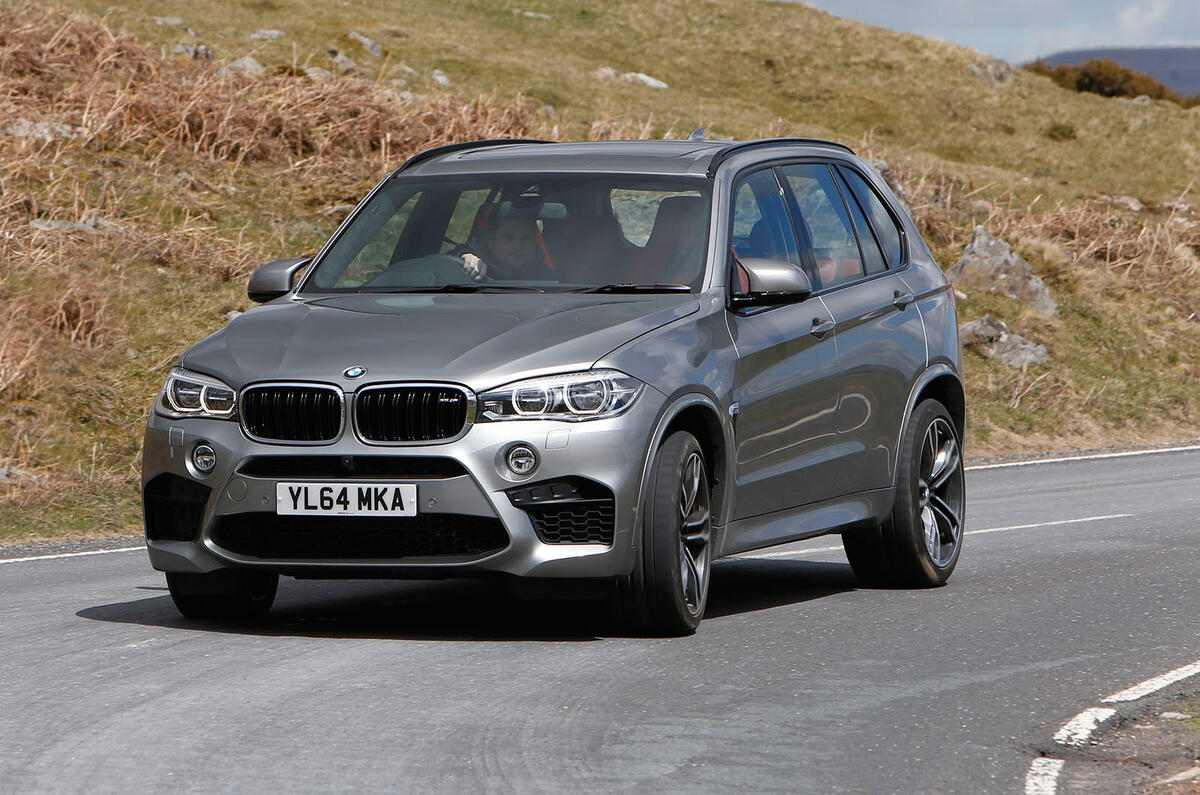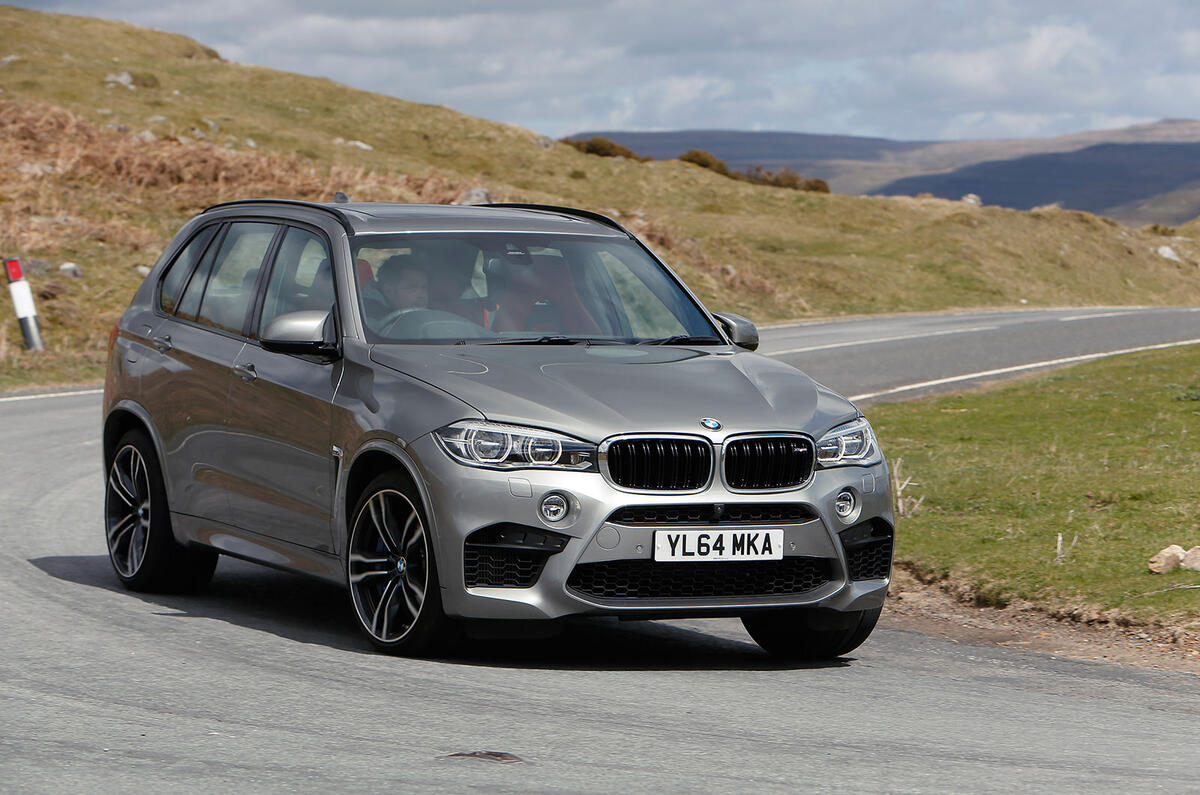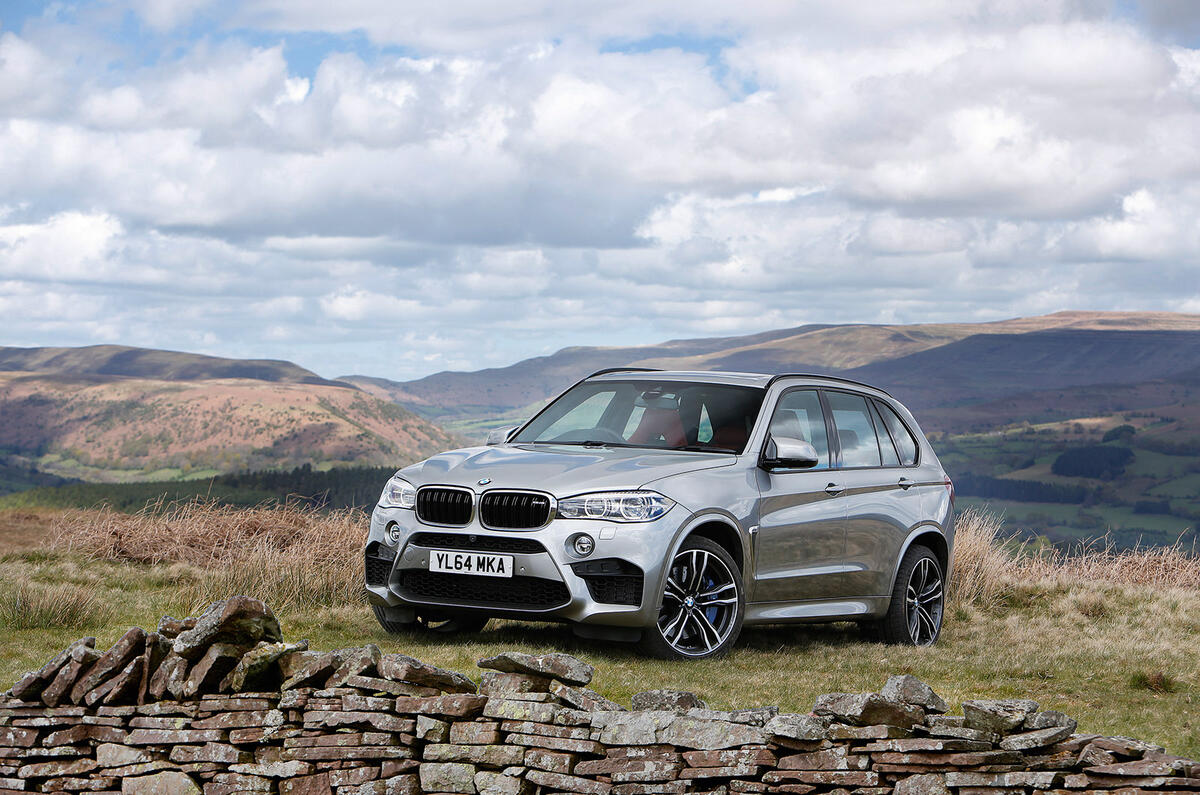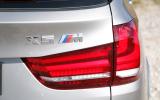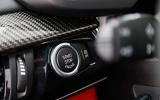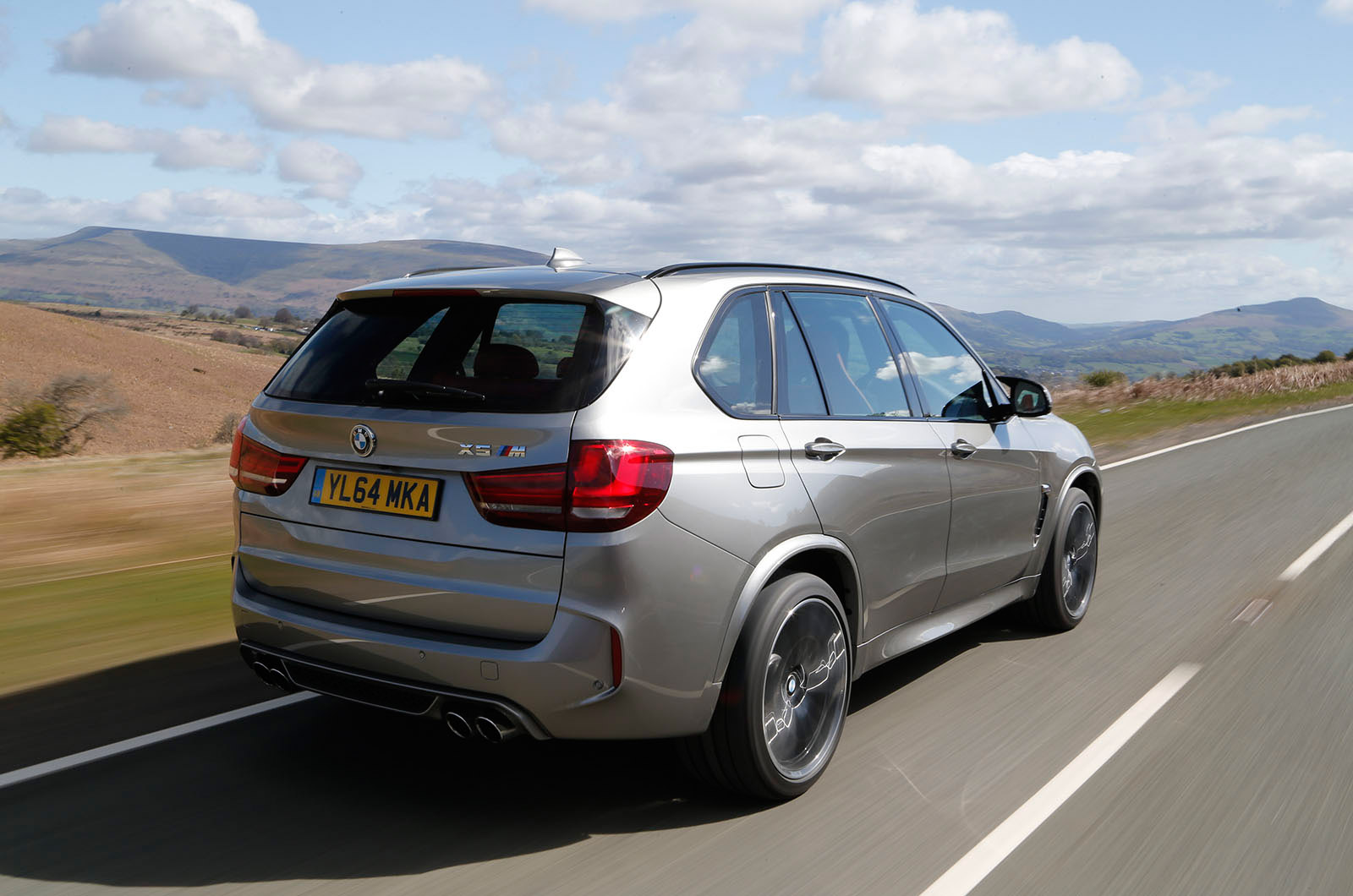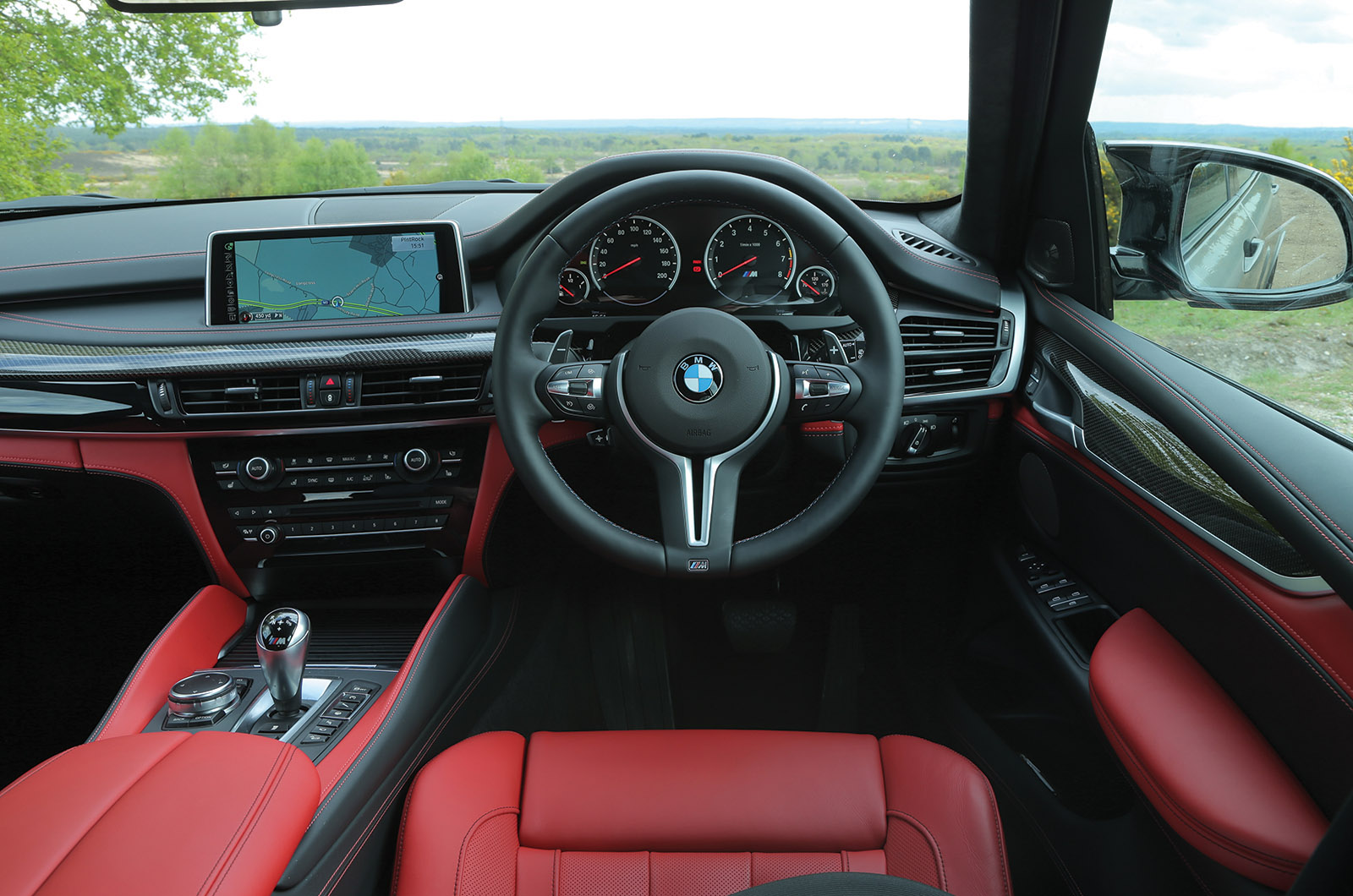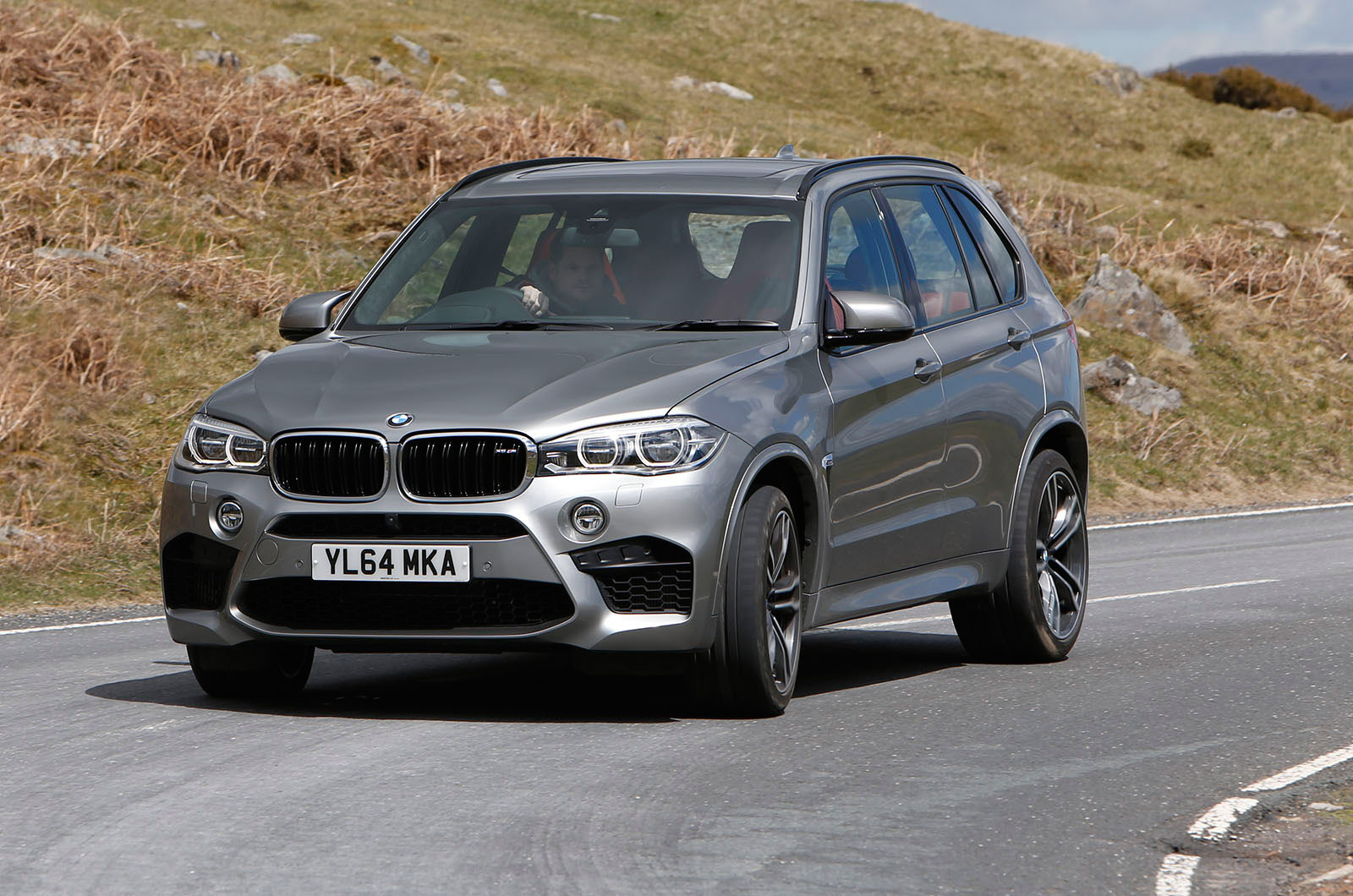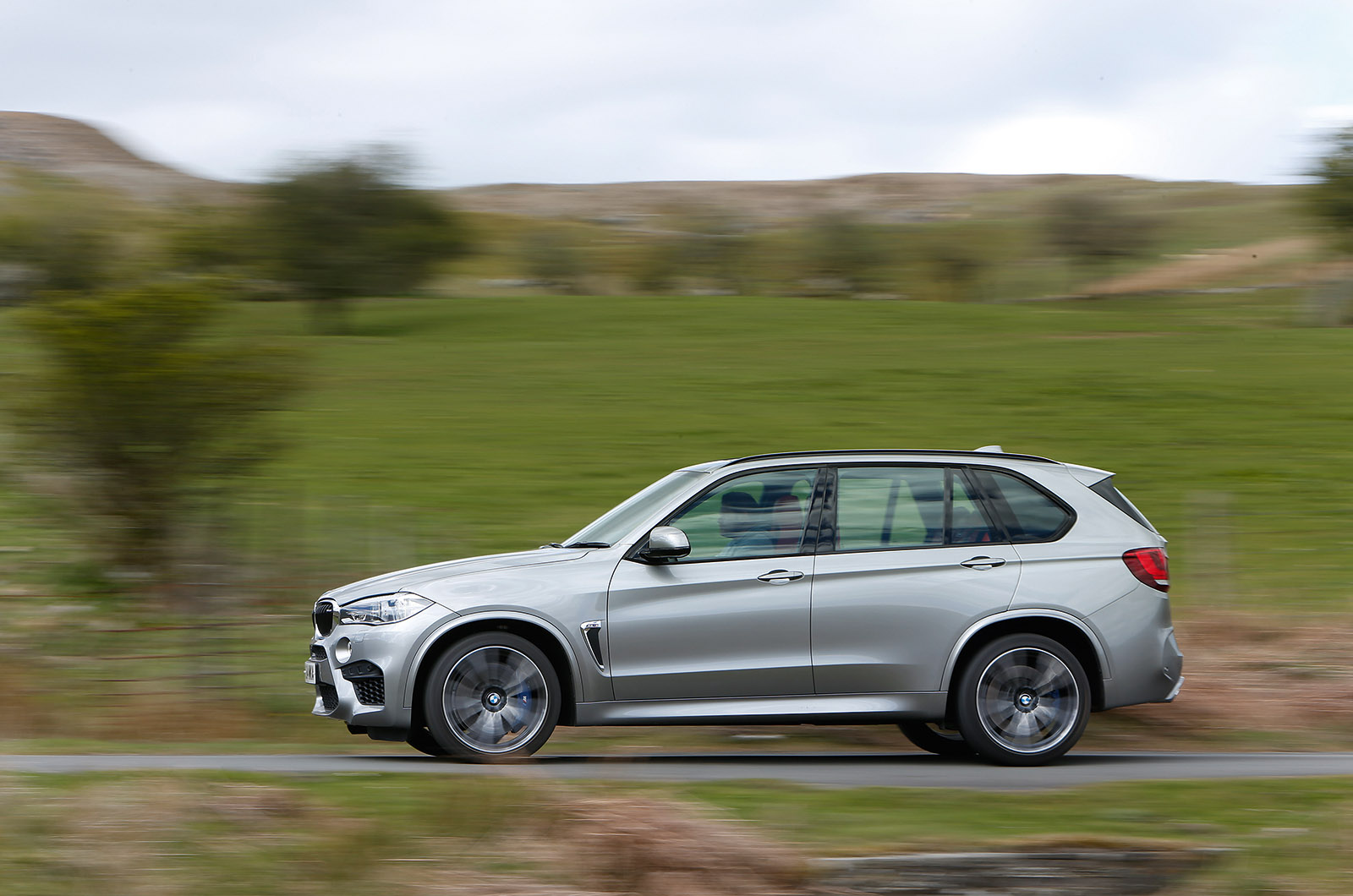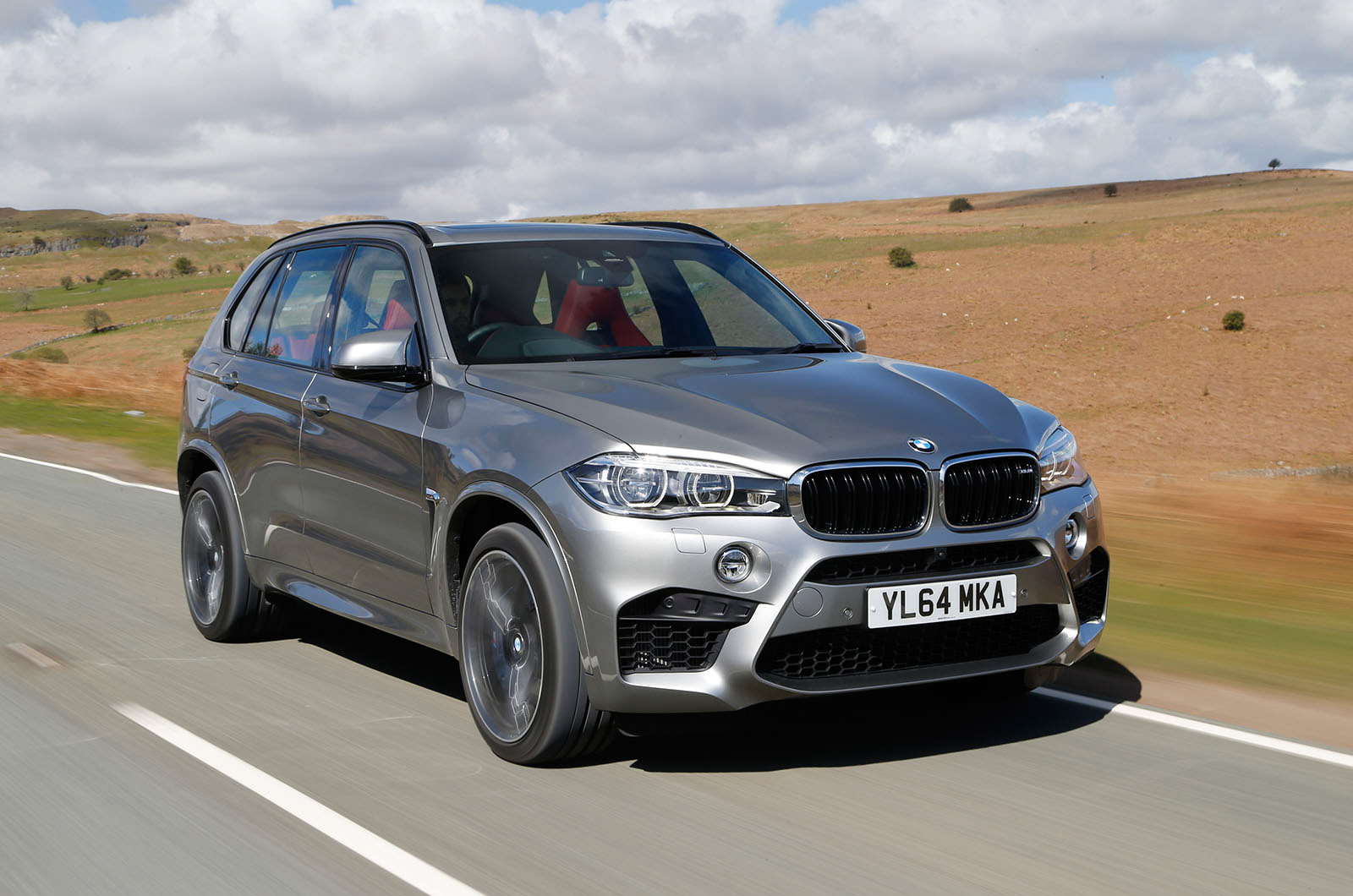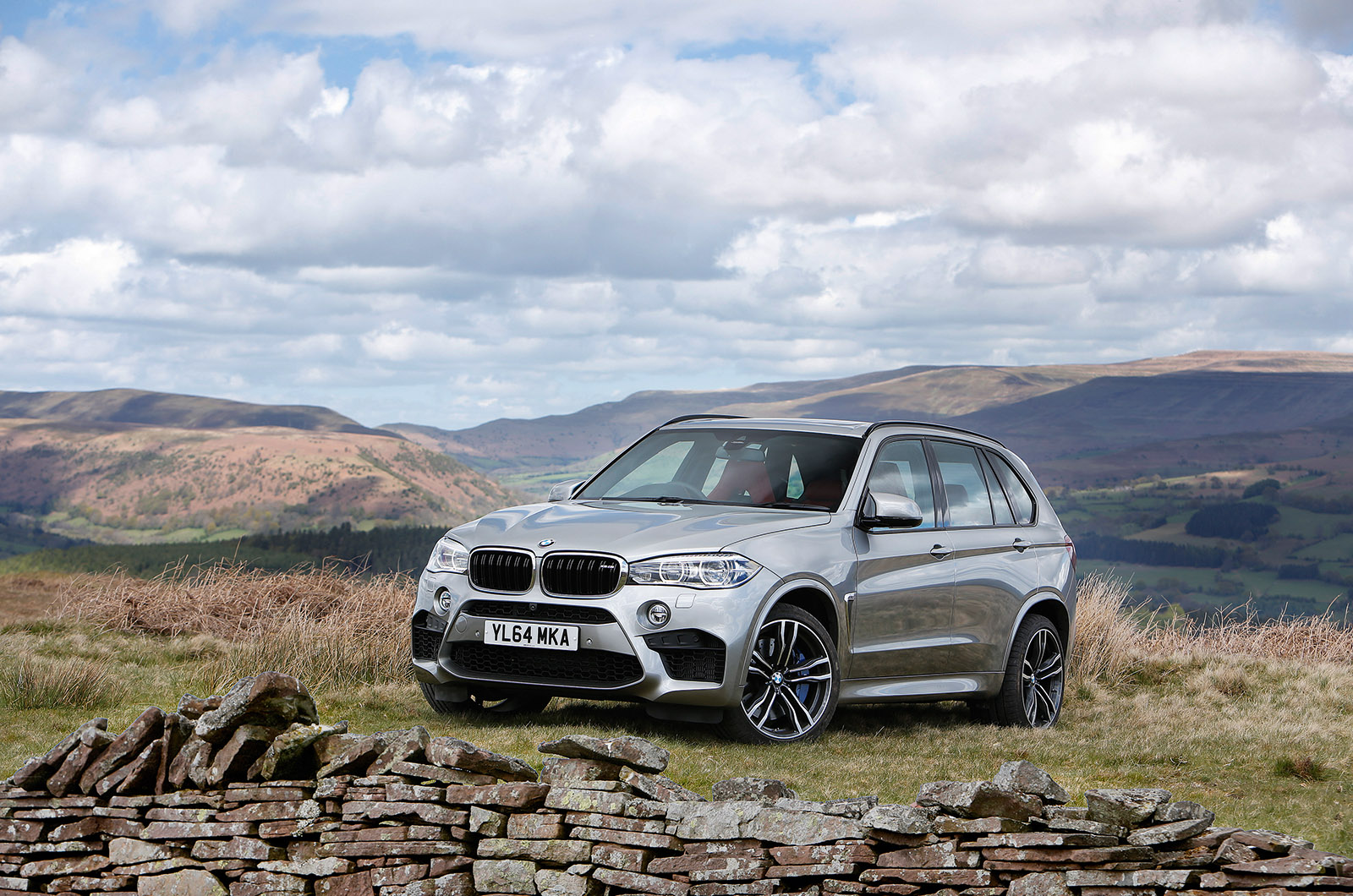With the original X5, BMW virtually invented what we now know as the sports utility vehicle.
The cross-pollination of clunky 4x4 and Bavarian driving machine ought to have been as silly as mountaineering stilettos, but it turned out to be the answer to modern motoring: slyly involving when necessary, a quarantine of elevated solitude when not.
However, while profligacy and power were conspicuously at the heart of the BMW X5, BMW failed to take it to its inevitable conclusion, leaving others – notably Mercedes-AMG and Porsche – to sweep in and build supercar-fast versions of their contemporary SUVs.
Realising its error, BMW instructed M division to hollow out the BMW X5 and BMW X6 and remake them in its own image.
The results, equipped with the firm’s new twin-turbocharged 4.4-litre V8 motor, were among the quickest SUVs ever built. But they were unforgiving machines to live with and run, and were ultimately overshadowed by better-known rivals and less-compromised stablemates.
Now, with the latest F15 variant of the X5 a little over a year old, M division has returned with a second run at what it thinks a fast SUV should be.
First and foremost, it has been keen to point out that the revised V8 makes the M-badged model more efficient than ever – claiming a 26% improvement in range. But this being M division, it hasn’t forgotten to make it yet more powerful either, with a 10 per cent rise in peak torque making the Range Rover Sport SVR and Porsche Cayenne Turbo look positively limp-wristed. However, in the same breath the Mercedes-AMG GLE 63 S has a 10bhp advantage over the BMW



